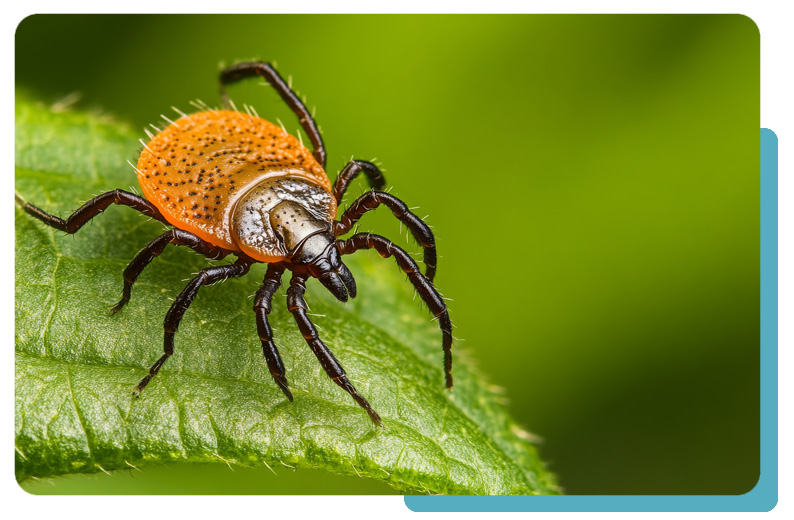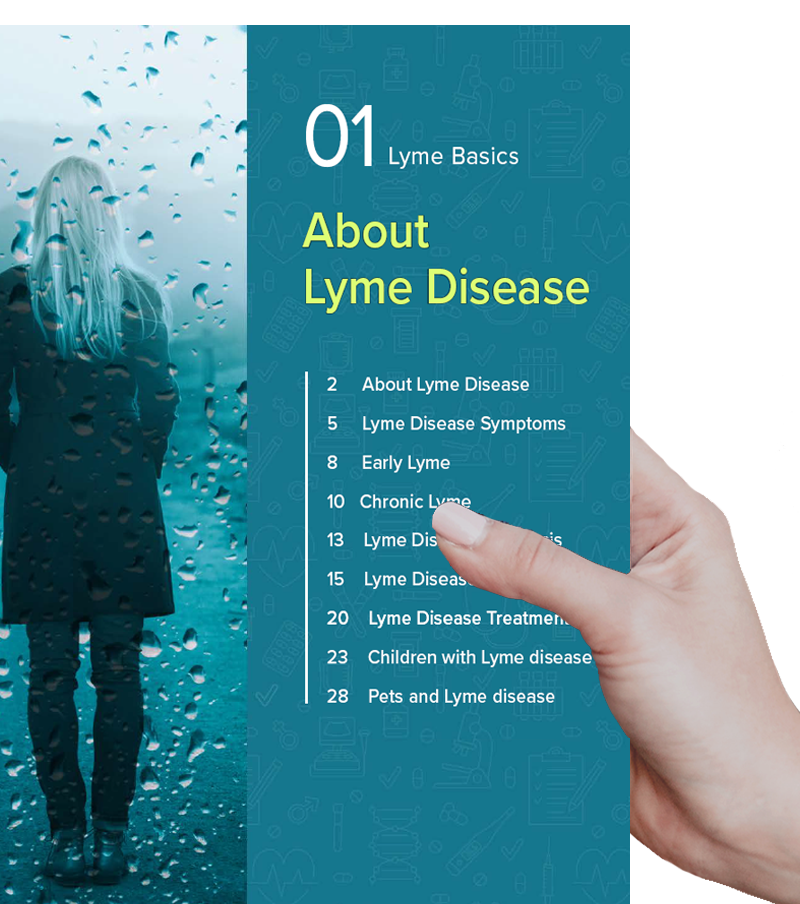
Bartonella Symptoms: Recognizing This Stealthy Infection
While bartonellosis was once considered to be a mild, short-lived illness, medical professionals now recognize that Bartonella can cause a wide range of health problems. The infection can affect many parts of the body. While some people may not show any signs of infection, others can experience chronic, relapsing symptoms that persist or return over time.
One of the most common signs of infection are swollen lymph nodes (often near the head, neck and arms).
Other symptoms include:
-
Fever
Most Common -
Fatigue
Most Common -
Muscle and joint pain
Most Common -
Chills
-
Headaches
-
Night sweats
-
Abdominal pain
-
Eye inflammation
In some cases, Bartonella infection can affect the nervous system, leading to neurological or psychiatric symptoms. Common neurological signs include blurred vision, numbness in the arms or legs, memory difficulties, problems with balance, an unsteady gait (ataxia), and tremors. The infection can also trigger psychiatric symptoms like mood changes, anxiety, depression, and panic attacks. And, in severe cases, Bartonella can cause endocarditis (heart inflammation).


Bartonella Rash: A Hallmark Sign
Bartonella can affect the skin in a variety of ways. The appearance of the rash may vary depending on the species of Bartonella involved and the stage of illness.
In cat scratch disease, which is caused by the species Bartonella henselae, the infection often begins with a small red bump or blister at the site of the scratch or bite. This can be followed by tender, swollen lymph nodes near the area and, in some cases, a more widespread rash.
In other forms of bartonellosis, the skin may develop streaks, reddish patches, or lesions that can be mistaken for stretch marks. This is a hallmark sign of Bartonella. These markings, sometimes referred to as “Bartonella striae,” can appear on the arms, trunk, or legs.
Unlike typical stretch marks, a Bartonella rash may be red, purple, or tender, and it often does not follow the usual patterns associated with skin stretching.
Note: The information presented on this page has been reviewed and approved by a member of our Medical Leadership Board.
Take the first step towards understanding tick-borne disease with an exclusive guide to something here, all backed by world-leading science.

More Lyme Basics
Learn More
Ticks are tiny parasites that feed on the blood of their hosts (humans and animals) in order to survive and advance to the next life cycle stage. Most ticks have four stages: egg, larva, nymph and adult. The larva and nymph need a blood meal to move to the next stage. Ticks are extremely small, with the nymph the size of a pinhead.
Learn More
Learn More



